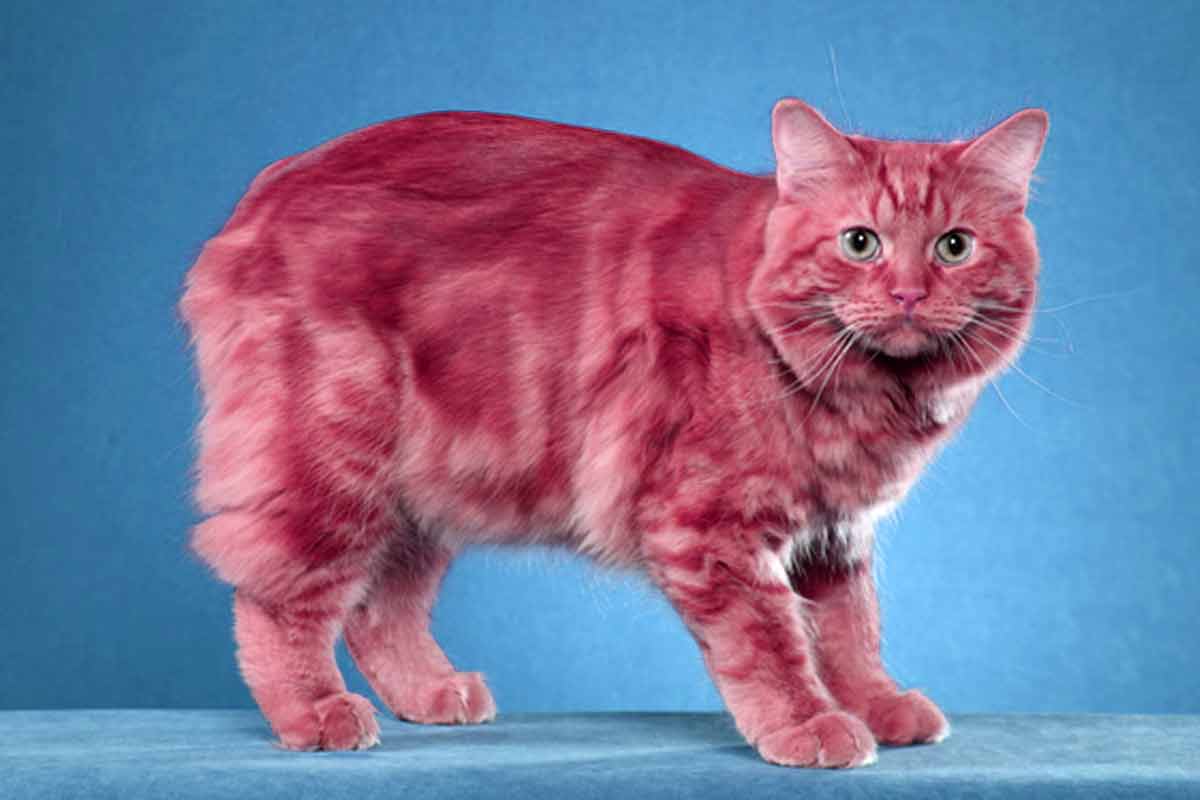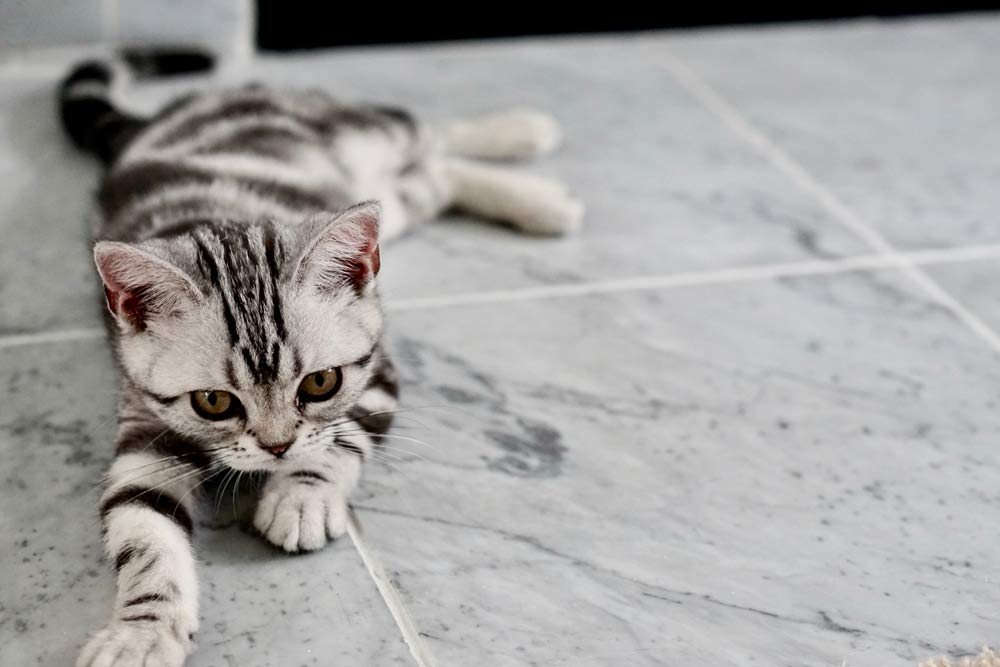Have you ever gazed into the loving eyes of your cherished feline companion, only to be struck by a heartbreaking diagnosis: leukemia in cats, or FeLV? This news can be a devastating blow, leaving you overwhelmed with questions and a fierce desire to understand this complex disease. Fear not, for this article is here to be your guide. We’ll embark on a journey to unveil the mysteries of FeLV, equipping you with knowledge about its causes, symptoms, treatment options, and, most importantly, prevention.
FeLV isn’t a single, monolithic entity. There are two main strains: FeLV-A, considered less aggressive, and FeLV-C, the culprit responsible for most of the severe clinical signs associated with the disease. This distinction highlights the multifaceted nature of FeLV, offering a glimmer of hope – not all FeLV infections progress to the same degree.
Feline leukemia is a global concern, affecting cat populations worldwide. Understanding how it spreads is crucial for protecting our feline friends. Unlike bacterial infections that can be vanquished with antibiotics, FeLV is a cunning foe. It belongs to a class of viruses called retroviruses, which can integrate their genetic material into a cat’s own DNA. This stealthy tactic allows the virus to establish a lifelong infection, making complete eradication a challenge.
But knowledge is power. By delving deeper into the nature of FeLV, its transmission methods, and the diverse ways it can manifest in our feline companions, we can become better equipped to fight for their health and well-being. So, let’s turn the page on fear and confusion, and together, explore the world of FeLV.
Unveiling the Enemy: Demystifying Leukemia in Cats
Imagine a tiny invader, not visible to the naked eye, but with the potential to cause significant harm. This is the essence of FeLV, a retrovirus that stealthily infiltrates a cat’s body. Unlike some other viruses that simply attack and replicate, retroviruses take a more insidious approach. They insert their genetic code into the host cat’s DNA, essentially becoming a permanent resident. This integration allows the virus to replicate alongside the cat’s cells, creating a lifelong infection.
Within the realm of FeLV, there exist two main strains: FeLV-A and FeLV-C. FeLV-A is considered the less aggressive of the two, often causing no visible illness or mild symptoms that may go unnoticed. FeLV-C, however, is a more formidable foe. It’s the primary culprit behind the severe clinical signs associated with feline leukemia, wreaking havoc on a cat’s immune system and potentially leading to serious health complications.
Feline leukemia is a global threat, affecting cat populations across the world. Its prevalence underscores the importance of awareness and proactive measures to protect our feline companions. But how exactly does this crafty virus spread? Unlike some diseases that require direct physical contact, FeLV can be transmitted through various bodily fluids. A playful swipe with a contaminated claw, a shared food bowl, or even close contact with an infected mother’s milk can all pose a risk. This highlights the importance of understanding transmission methods and taking steps to minimize exposure, especially for kittens and immunocompromised cats.
Other Interesting Articles
- How to Tell if Your Cat is in Pain after Surgery: How to Help
- How to Tell If Your Cat Loves You The Most: 23 Signs
- 20 Tips On How to Comfort A Scared and Frightened Cat
- 26 Signs Your Cat Can’t Breathe: A Guide to Help It Recover
- Cat Trilling Sound: What Does It Mean, How To Handle
- Cat Chattering Sound: What Does It Mean, How To Deal With
- How to Take Care of A Kitten 2 Months Old: Tips, Guide
- How to Feed A Newborn Kitten That Won’t Eat: 19 FAQs
- How to Care for Your Cat After Spaying or Neutering
- Cat Excessive Yowling: Why Cats Yowling: What You Can Do?
- How to Regain A Cat’s Trust after Hitting It: 16 Tips to Apply
- How to Tell If My Cat is in Pain after Spaying: How to Help
- How to Help Cats Get Along with Dogs: 17 Beginner’s Tips
- Keep Your Kids and Cats Safe: 15 Effective & Simple Tips
- How to Feed A Newborn Kitten: 30 Essential Tips for Beginners
- Do Cats Have Emotions Like Humans, Dogs? 10 Ways to Feel
- Petting A Scared Cat: 15 FAQs to Comfort A Fearful Cat
- 18 Implied Messages Your Cat Is Sending You With Its Tail
- How to Help Cats Get Along with Each Other: 14 Useful Tips
- 7 Causes of Cat Aggression: Biting, Fighting, Attacking




